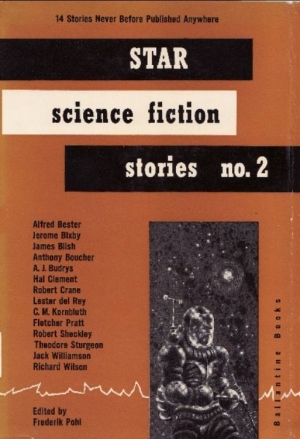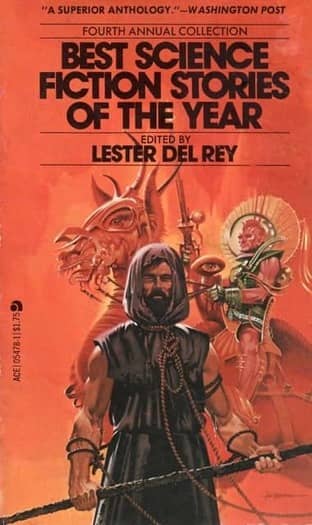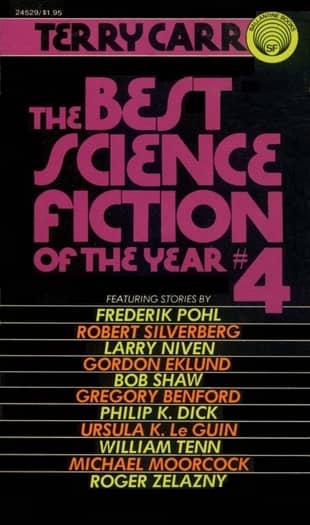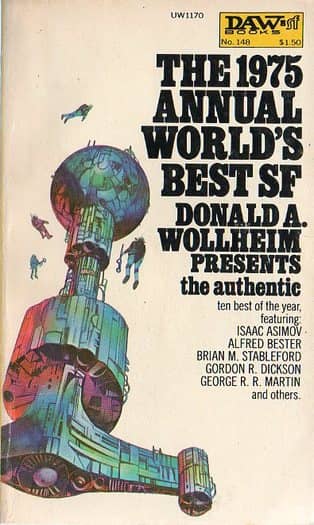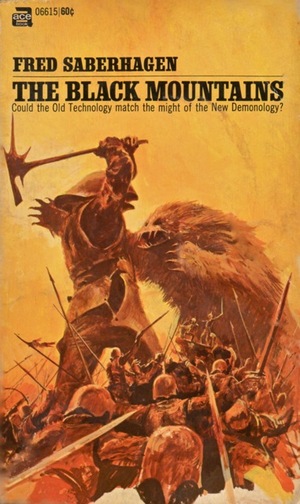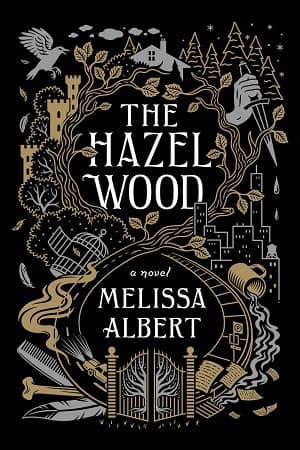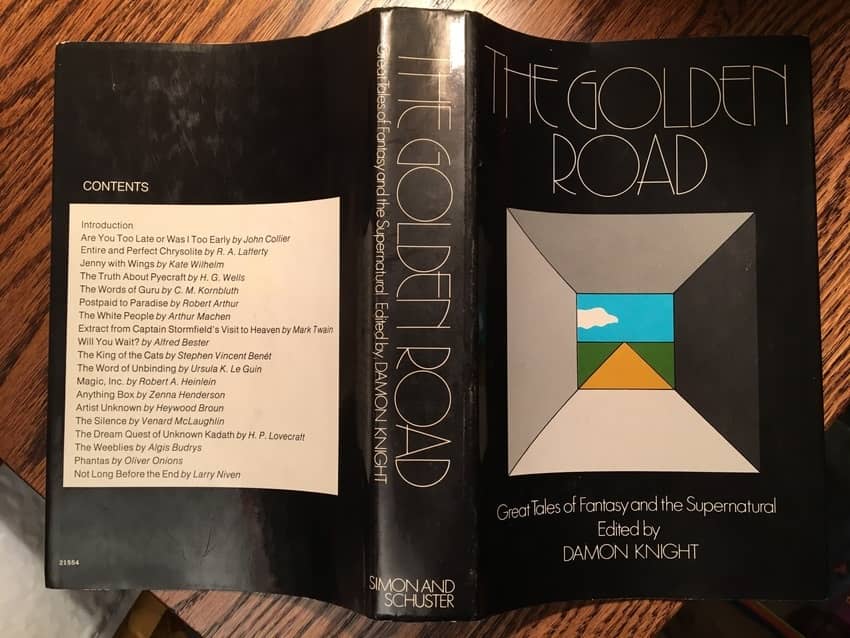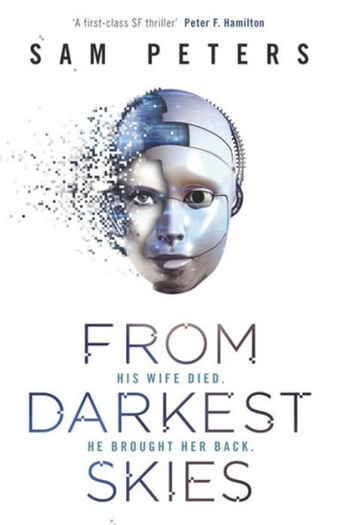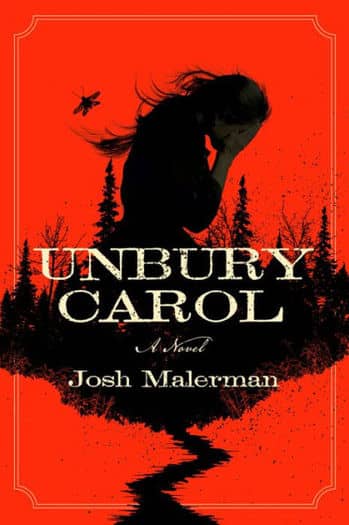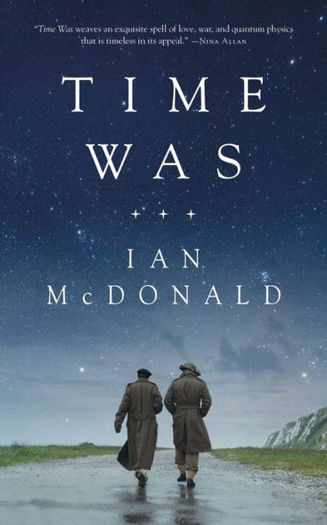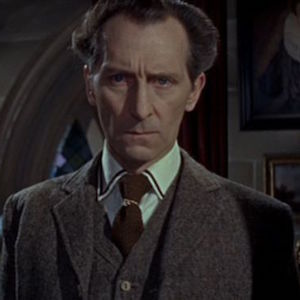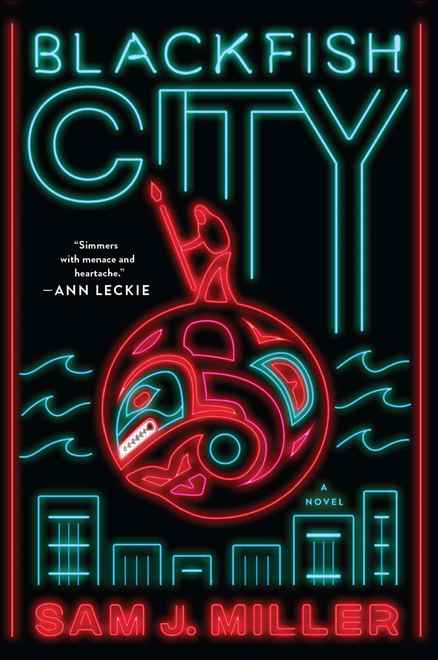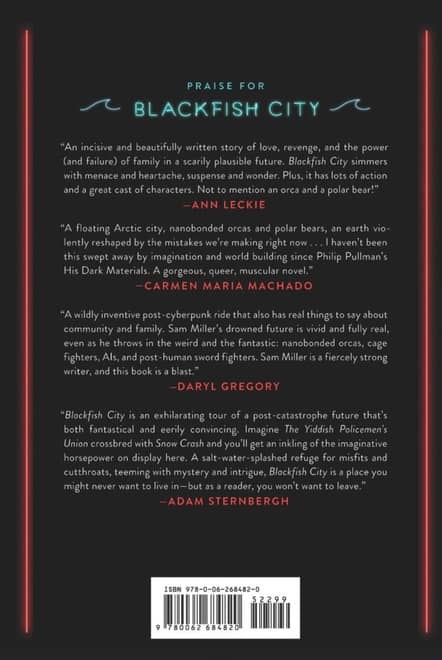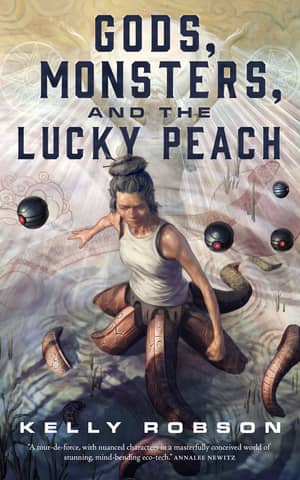New Treasures: The Long Sunset by Jack McDevitt
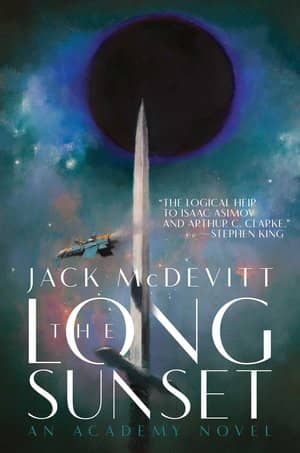 Jack McDevitt’s Academy series began with The Engines of God in 1994. The series has garnered four Nebula nominations (for Chindi, Omega, Odyssey, and Cauldron) and one Campbell Memorial Award win (for Omega). It has become one of the most popular and acclaimed science fiction series on the market (see the complete list of books in the series in my previous post here).
Jack McDevitt’s Academy series began with The Engines of God in 1994. The series has garnered four Nebula nominations (for Chindi, Omega, Odyssey, and Cauldron) and one Campbell Memorial Award win (for Omega). It has become one of the most popular and acclaimed science fiction series on the market (see the complete list of books in the series in my previous post here).
In the eighth and latest installment, The Long Sunset, Priscilla “Hutch” Hutchins discovers an interstellar message from a highly advanced race that could be her last chance for a mission before the program is shut down for good. Jeff Somers at The Barnes & Noble Sci-Fi & Fantasy Blog calls it “Classic space adventure in the best sense of the term… McDevitt’s optimism and enthusiasm for the profound mysteries of the universe shines through, lending the increasingly fascinating investigation an air of excitement as the crew sifts through dead planets…”
It arrived in hardcover from Saga Press last week. Here’s the description.
Hutch has been the Academy’s best pilot for decades. She’s had numerous first contact encounters and even became a minor celebrity. But world politics have shifted from exploration to a growing fear that the program will run into an extraterrestrial race more advanced than humanity and war.
Despite taking part in the recent scientific breakthrough that rejuvenates the human body and expands one’s lifespan, Hutch finds herself as a famous interstellar pilot with little to do, until a message from an alien race arrives.
The message is a piece of music from an unexplored area. Despite the fact that this alien race could pose a great danger and that this message could have taken several thousand years to travel, the program prepares the last interstellar ship for the journey. As the paranoia grows, Hutch and her crew make an early escape — but what they find at the other end of the galaxy is completely unexpected.
The Long Sunset was published by Saga Press on April 17, 2018. It is 451 pages, priced at $27.99 in hardcover and $7.99 for the digital edition. The cover is by John Harris.
